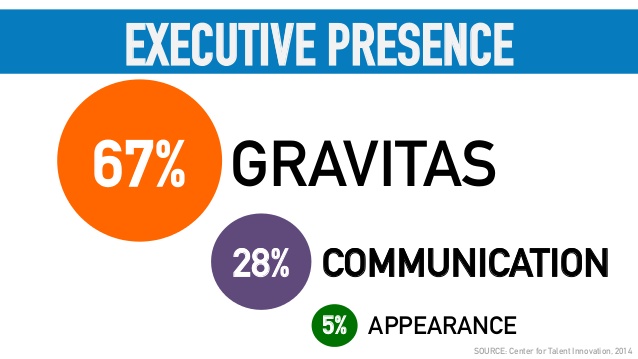Have you sat by the sidelines and observed someone walk into the room and their presence just fills the atmosphere? Have you been at a meeting where once someone starts speaking everyone in the room is drawn towards them in silence? Have you watched someone on video and still felt their charisma come through? Chances are you have experienced their “executive presence”. As leaders, executive presence is an important attribute to cultivate especially as you advance in your career and aim for coveted roles. Leaders are constantly selling their ideas and getting buy-in from their audiences, and those with executive presence can get that done with a lot more ease than others. The common misconception is that you either have it or you don’t. The good news is that while some people may be more gifted in this area, executive presence can be developed. It needs self-awareness, emotional regulation, openness to constructive criticism, and with some practice you could be awe-inspiring too!
Sylvia Ann Hewlett, the founder and CEO of the Center for Talent Innovation and author of Executive Presence, defines executive presence as how one acts (gravitas), speaks (communication) and looks (appearance). So, let’s break that down into characteristics.
Gravitas
Relationships. Cultivate your political savviness. Have a clear understanding of your stakeholders, within and outside your organization, and develop long-term relationships with them. Focus on bringing value to them rather than a WIIFM (what’s in it for me) attitude. Use your network to build your competence and influence. Create your brand and market it. Become known as a subject matter expert so people listen when you speak.
Conflict Resolution & Stress Management. Nothing eats away at credibility more than display of stress behaviors. Maintain composure through challenging situations or critical conversations.
Confidence. Keeping a positive mindset enhances confidence. Preparation is another asset – know your material and audience and message appropriately to deliver with confidence.
Authenticity. Know your worth and embrace your shortcomings. A leader’ strength is in their ability to acknowledge their vulnerabilities. The more “human” you appear, the more trust you can generate.
Charisma. We all have our assets. Know yours and make it a part of your charisma. Own it and hone it.
Observation. Learn by observing other leaders you admire. How they conduct themselves and interact with others. People watch and pick on traits and characteristics in various professional settings and identify what stands out. As your social awareness increases, it grows your self-awareness too.
Communication
Articulation. Choose your vocabulary based on the audience. Use gestures, body language and words to make your message impactful.
Brevity. A sure shot way of losing people’s attention is being verbose. KISS (keep it short and simple).
Assertiveness. There is a fine line between arrogance and assertiveness, toe the line with caution. Assertiveness is attractive while arrogance is not!
Active Listening. Be present. Pause, reflect and respond is a mantra I learned from an executive coach and it never fails to impress.
Voice. Use your voice to get the desired effect on others. If you’re soft-spoken, project your voice. If you’re gifted with a loud voice, make sure to soften it based on situation and audience so not to intimidate. Modulate your voice to draw in your audience and avoid monotone.
Engagement. Be aware of your audience and watch their verbal and non-verbal cues. How are they receiving your message? Use your wit to keep their attention. Ask questions, listen to feedback, encourage them to participate.
Appearance
Posture. Body language, gait, eye contact all communicate your self-confidence. Power posing and controlled breathing before important events helps a great deal in enhancing your executive presence.
Presentation. Dress the part and be prepared. Be mindful of how you “show up”. Knowledge is power.
Leadership success largely depends on how willingly people want to “follow” you and cultivating a strong executive presence is imperative. You will see how easy decision-making becomes when you are able to effortlessly affect change with your executive presence.


